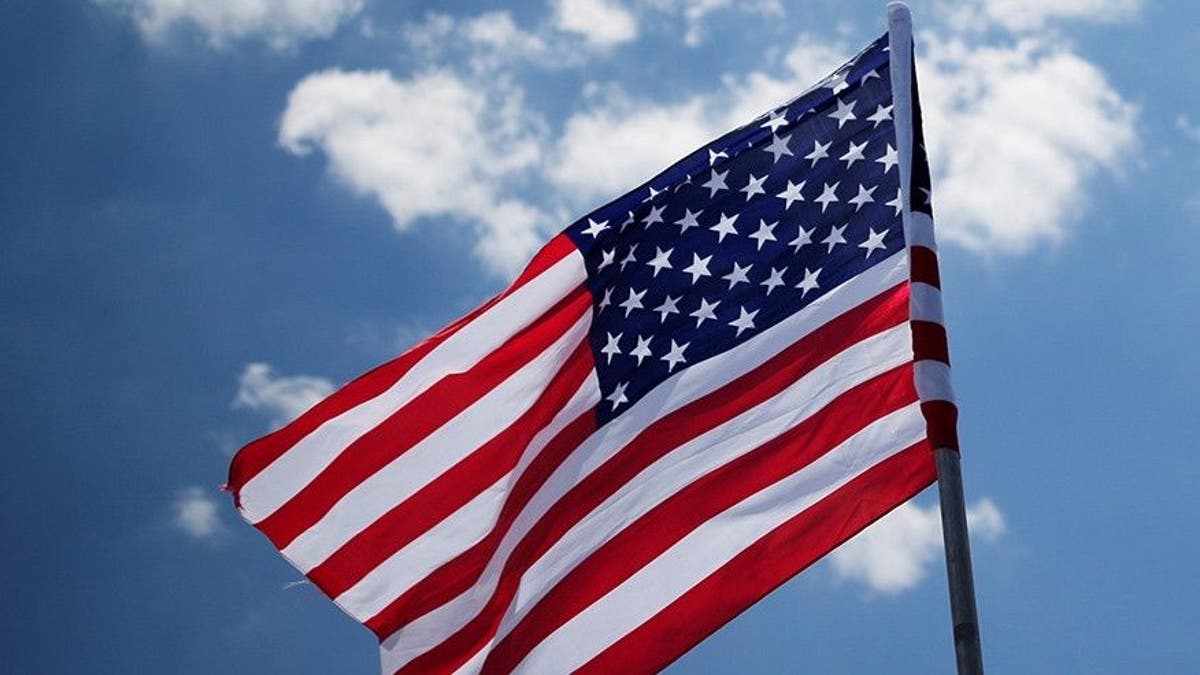
(AP)
In honor of Flag Day, we've decided to take a break from our normal Flag Day traditions (i.e., taking any excuse to eat red, white or blue candies) to gain a better appreciation of Old Glory herself.
Not surprisingly, there are a lot of fun facts surrounding the Stars and Stripes — but most of the coolest stuff isn't found in any of our history books. A lot of it is interesting, some of it is surprising, and the one tidbit about "Gilligan's Island" is downright haunting.
5 THINGS YOU NEVER KNEW ABOUT MEMORIAL DAY
Bone up on the American Flag trivia below and use it to impress your friends and neighbors all day long:
#1. Betsy Ross is widely credited with designing the first American flag, but there is almost no evidence to support that claim. The only records of Ross' involvement came from her own grandson in 1870, when he presented the Historical Society of Pennsylvania in Philadelphia with affidavits from his own family members as evidence. Instead, many historians believe that Francis Hopkinson deserves the credit, because early journals from the Continental Congress are said to explicitly name him as the flag's designer.
#2. Karen Burke of Walmart's Corporate Communications revealed that Walmart stores sold around 115,000 American flags on Sept. 11, 2001, as compared to 6,400 flags on the same date in 2000. In the year following 9/11 (Sept. 11, 2001 through Aug. 19, 2011), they sold 7.8 million American flags as compared to 2.5 million the year before.
#3. A 17-year-old student designed the flag as it appears today. In anticipation of Alaska and Hawaii becoming states, Robert G. Heft created the 50-star flag as part of a history project (for which he received a B-) before submitting it to Congress for consideration. In August of 1959, President Dwight D. Eisenhower chose Heft's design over 1,500 other applicants and informed him of the news over the phone. (Heft's teacher also changed his grade to an A.)
#4. During the opening sequence (about 22 seconds in) of first-season episodes of "Gilligan's Island," the U.S. flag can be seen flying at half-staff off in the distance. According to a 1994 audio book co-authored by Russell Johnson, who played the Professor, this is because the show's pilot episode finished filming on Nov. 22, 1963 — the same day President Kennedy was assassinated.
FOUNDER OF FIRE DEPARTMENT COFFEE IS FOCUSED ON GIVING BACK TO INJURED FIREFIGHTERS, PARAMEDICS
#5. Despite the harsh temperatures and conditions of the moon's atmosphere, five of the six flags that were planted during the Apollo missions are still believed to be standing. According to Buzz Aldrin, the one that fell was blown over by the exhaust from Apollo 11 during its liftoff from the moon's surface.
#6. According to the U.S. Department of State, the names of the flag's official colors are "old glory red," "white," and "old glory blue." Their HTML codes and Pantone equivalents can be found on the Department of State's style guide.
#7. Flag Day isn't technically a federal holiday, and it's not a state holiday outside of Pennsylvania and New York. Furthermore, New York's official observance of Flag Day isn't June 14 (when it's commonly celebrated), but rather the second Sunday in June.
#8. Richard Williams, the animation director for "Who Framed Roger Rabbit," said that he modeled the title character's colors after Old Glory (red overalls, white fur, blue tie). "It looked like an American flag — subliminally speaking — so everybody liked it."
FOLLOW US ON FACEBOOK FOR MORE FOX LIFESTYLE NEWS
#9. There are federal regulations governing the handling and display of the flag (the U.S. Flag Code), including restrictions on using the flag's likeness for advertising, or printing it on anything intended "for temporary use or discard," like cocktail napkins or paper plates. Under the Flag Protection Act of 1989, there are also federal laws that call for criminal penalties for certain forms of flag desecration, although the Supreme Court found this act to be unconstitutional under the First Amendment in 1990.
#10. Old Glory was actually the nickname of a specific U.S. flag, namely, the one owned by sea captain William Driver. He was previously given the flag by the women in his hometown of Salem, Mass., but he only named it Old Glory upon seeing it flying on his ship's mast in 1831. The name later went on to become synonymous with any American flag.